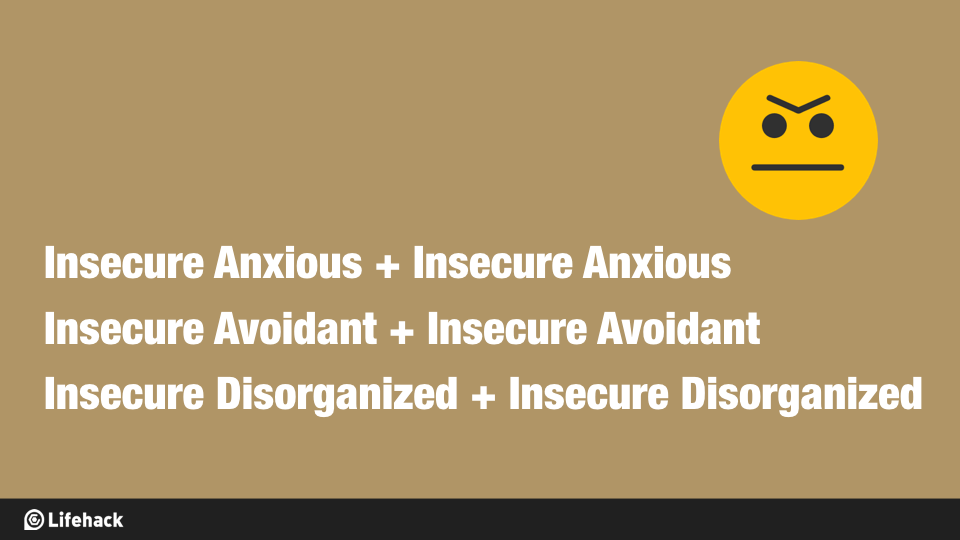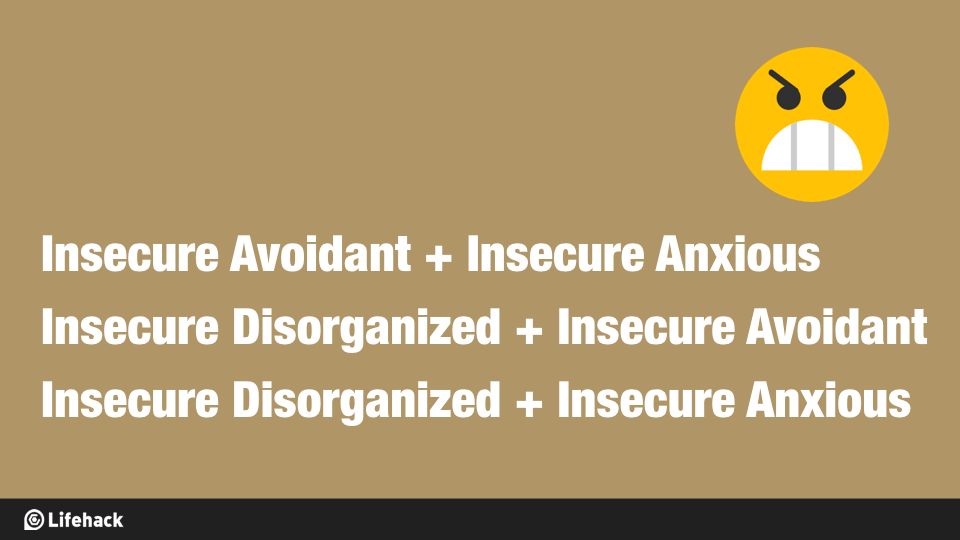Ever heard of attachment theory? It’s the theory that explains what kind of attachment we form in our adult relationships, particularly with our romantic partners.
Some relationships have compatible attachment styles. Others are not so lucky. When you end up dating somebody with a different attachment style, it can lead to all kinds of conflict in the relationship. One of these conflicts could be about time. For example, attachment theory explains that some people expect to spend all of their free time with their partners. Other people, however, neither want nor need to spend so much time with their partners. This difference can cause a struggle between two people as they try to agree on how much time to invest in the relationship.
Changing your attachment style is a long and difficult process.
You can definitely try to change your particular attachment style, but that’s a really long and difficult process. According to attachment theory, we develop our attachment style when we are small children. It’s usually based on the relationship we had with our parents.
Instead, we’re going to talk about the different types of attachment styles and which combinations are better for relationships. If you can identify your exact attachment style, you can find a partner who fits your needs. This, of course, is the ideal situation. If you’re already in a relationship, however, and your attachment combination isn’t so good, don’t worry! There’s still hope for you and your significant other.
Four attachment styles.
Attachment theory identifies 4 types of attachment styles:
Secure – You tend to feel secure and close to your partner, while still respecting each person’s independence.
Insecure Anxious – You tend to feel unhappy in your relationships and sometimes act possessive of your partner. You worry a lot that you will lose your significant other, who you depend on for your happiness.
Insecure Avoidant – You tend to put distance between yourself and your partner, doing everything possible to avoid an emotional connection. Your partner may feel that you are not concerned with the relationship.
Insecure Disorganized – You have difficulty trusting other people and experience a variety of fears, including: getting too close to your partner or being too distant. Your emotions tend to change quickly, which keeps you in a constant state of confusion.
Each attachment combination has a different outlook for the relationship.
Positive Outlook
If either person has a secure attachment style, then the relationship has a positive outlook. Attachment theory tells us that the person with a secure attachment style is able to validate their partner’s concerns. They can even help their less secure partner overcome their insecurities.
Challenging Outlook
The anxious + anxious combination is challenging. People with this attachment style are able to read small changes in emotion and behavior. This perceptive ability combined with their anxious insecurity results in jumping to conclusions.[1] In short, two insecure anxious people have the potential to experience a relationship full of drama, jealousy, and arguments. The same happens for the insecure disorganized + insecure disorganized combination.
When an avoidant one pairs up with another avoidant one, there’ll be little communication, which may seem to be fine at the beginning as both aren’t demanding. But as time goes by the connection will become weaker and it’s hard to sustain the relationship.
Toxic Combination
If the two attachment styles are anxious and avoidant, things are going to be difficult. You should probably mentally prepare yourself for the kind of issues that this combination might bring to your life. If you’re thinking about getting into this romance, think again.
Interestingly, these two types of attachment are often drawn together. That’s because they almost complement each other. An anxious person has fear of losing their partner and so they wait for the avoidant person to decide to commit to the relationship. This combination validates the avoidant person’s behavior.
As insecure disorganized style is a combination of the anxious type and the avoidant type, when the anxious side comes up, it’ll be a disaster with the avoidant type. When the avoidant side comes up, conflicts will arise with the anxious type. That’s why both insecure disorganized + insecure avoidant and insecure disorganized+ insecure anxious are not likely to work.
Be honest with yourself to identify your attachment style.
In order to find someone who fits your attachment style, you must first identify it. Think about the way you react to the things your partner does.
If they tell you they’ll call at 6:00 pm and they don’t call until 6:30 pm, do you spend that half hour worrying what could have possibly gone wrong? Do you start feeling vulnerable or thinking you’ve probably been abandoned? Be honest with yourself, you’ve probably been known to pout or start arguments with your partner. Sound familiar? You’re probably an insecure anxious type.
Think about how you feel after you spend a lot of time with your significant other. Do you need some time to yourself? Or maybe you feel like being in a long term relationship means you’ll lose your identity or independence. If this sounds like you, you could be have an insecure avoidant attachment type.
Observe your partner’s behavior to find out their attachment style.
It may seem more difficult to identify your significant other’s attachment style, but it’s not impossible. You might not know exactly how they feel internally, but you can observe their behaviors. Think about how they react to your concerns. If you’ve had a bad day and you come home talking about it, what do they say? Do you feel ignored, like they just aren’t interested? They might have an insecure avoidant attachment style.
What happens when you’re running late to a date? If they start sending texts after only 3 minutes to ask if you’re still coming, they might be an anxious type.
No relationship is perfect and certainly no relationship is bound to fail just because of attachment styles. By understanding your person attachment style and that of your partner’s, though, you can make real progress toward ensuring your future happiness together.
Reference
| [1] | ^ | The-Love-Compass: Attachment Pairings: Find the Best Fit |















































